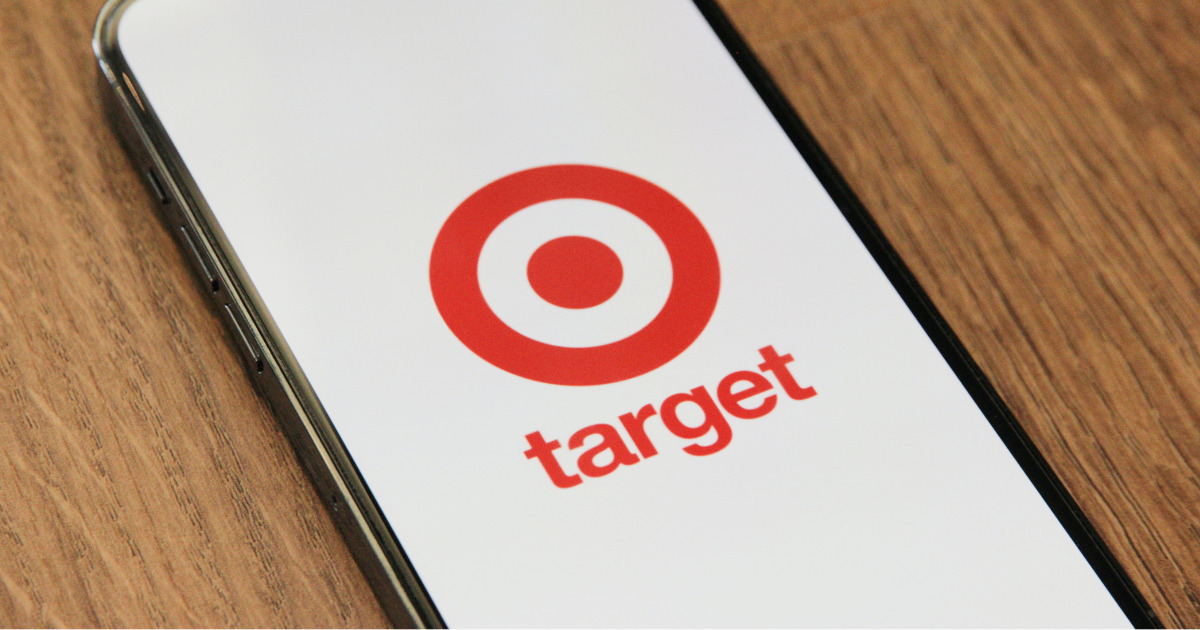“I want to know the average CPA in the industry.”
“I want to understand the average CPA and determine if advertising improvements are needed.”
Don’t you think so?
In this article, we not only provide the average CPA for each industry but also explain specific methods to improve CPA.
- What is CPA
- Industry-specific average CPA values
- Methods to improve CPA
Ad operators and business owners, please be sure to read until the end.
Table of contents
What is CPA, to begin with?
CPA (Cost Per Action) is an abbreviation for “Cost Per Action,” indicating the cost incurred for one result (conversion).
For example, if the result for your company’s website is defined as “product purchase,” and the advertising cost was ¥10,000 until the user purchased the product, then the CPA is ¥10,000.
If the CPA is higher than the profit of the product, urgent measures need to be taken to lower the CPA.
Calculation method for CPA
The formula for calculating CPA is as follows.
CPA (Cost Per Action) = Advertising Cost ÷ Number of Conversions
【Example】
- Advertising Cost ¥200,000
- Number of product purchases 40
The calculated CPA in this case is as follows:
¥200,000 (Advertising Cost) ÷ 40 (Number of Conversions) = ¥5,000 (CPA)
Average CPA for Google Ads by Industry
In this chapter, we list the average CPA for Google Ads in each industry.
Let’s compare it with your company’s advertising CPA to see if it aligns with the appropriate values for your industry and business.
【By Industry】Average CPA for Google Ads | ||
Industry | Average CPA (Search) | Average CPA (GDN) |
Education | $72.70 | $143.36 |
Employment Services | $48.04 | $59.47 |
Finance and Insurance | $81.93 | $56.76 |
Medical | $78.09 | $72.58 |
Legal | $86.02 | $39.52 |
Technology | $133.52 | $103.60 |
Reference:Google Ads Benchmarks for YOUR Industry [Updated!] | WordStream
How did it compare with your company’s advertising CPA?
If the numbers are higher than the industry’s average CPA, it’s advisable to attempt advertising improvements.
From the following chapters, we explain methods to improve CPA.
Search for points to improve your company’s advertising and try them one by one.
Methods to Improve CPA
To improve CPA, the following two points need attention:
- Reduce CPC (Cost Per Click)
- Increase CVR (Conversion Rate)
Now, let’s delve into specific measures to improve CPA.
Reducing CPC
In this chapter, we explain how to reduce CPC (Cost Per Click).
- Adjust bid prices
- Review keywords
- Increase Quality Score
Method 1: Adjust Bid Prices
Lowering the limit of keyword bid prices helps control CPC.
Among the strategies to reduce CPC, this is a relatively straightforward method.
However, lowering bid prices too much may result in the ads not being displayed to users.
Therefore, remember to use this in conjunction with other strategies.
Method 2: Reviewing Keywords
Since highly competitive keywords, known as “big keywords,” tend to have high CPC, consider changing them to “mid keywords” or “small keywords.”
Big keywords refer to terms with a high search frequency by users, such as “search ads” or “restaurants.”
Competitive bidding for frequently searched keywords tends to drive up prices.
To reduce CPC, consider using keywords with lower search frequencies than big keywords, such as “search ads Tokyo” or “restaurants Saitama job.”
Method 3: Increase Quality Score
Quality Score evaluates the quality of ads on a scale of 1 to 10.
A higher score indicates a better-quality ad, making it easier to display ads in the top results of search pages.
By achieving top results without relying on high-priced keywords, you can increase the chances of users seeing your ads, thus reducing CPC.
Quality Score consists of three elements: “Ad relevance,” “Estimated click-through rate,” and “Landing page usability.” Improving each of these elements enhances the Quality Score.
Creating ads that align with the user’s search intent improves the Quality Score.
Users search with a specific purpose to fulfill their needs.
Ads and landing pages that do not relate to the search query do not address the user’s needs.
Therefore, it’s crucial to ensure that the “user’s search intent” inferred from the search query is reflected in the ad and the landing page.
Improving the click-through rate by creating compelling headlines and ad copy.
Users access the link after seeing the title and ad copy.
Therefore, the ad must capture the user’s interest.
To increase Quality Score, improvement in both ads and the linked page is necessary.
In a website, it’s crucial that users can easily find the content they are looking for.
Check if the content is relevant to what users are searching for.
Increasing CVR
Next, let’s discuss methods to increase CVR.
- Review ad copy
- Review targeting
- Review conversion points
- Optimize the first view
- Optimize CTA (Call to Action)
- Optimize EFO (Entry Form Optimization)
Method 1: Review Ad Copy
To increase CVR, you first need to guide users to the destination of the ad.
To guide them, create ad copy that is “attractive to users” and encourages users to have “interest and curiosity” about the ad.
Copy that users find attractive is essentially “text that seems to solve their problems.”
For example, if a user searches for “how to increase writing speed,” their intent is likely to want to write faster.
In this case, including content that seems to solve their problem, such as “methods to write faster” or “achievements in increasing writing speed,” would be beneficial.
Method 2: Review Targeting
Let’s review the targeting settings for ads.
If targeting is not narrowed down appropriately, ads may be displayed to users who are less likely to convert.
If the click count increases but doesn’t lead to conversions, the conversion rate decreases.
Therefore, it’s advisable to target ads to users who are likely to convert.
For example, if you want to advertise beauty supplements targeting women in their late 20s working in the office, you may set the targeting as follows:
Gender: Female
Age: 20s to 30s
Devices: PC, Smartphone
Time: Commuting, lunch break, after returning home
For those who want detailed information about targeting, please refer to the link below:
What targeting settings are available with Search Ads? We explain the types in an easy-to-understand manner -webma-
Method 3: Review of Conversion Points
The term “review of conversion points” here refers to the analysis and improvement of the conversions set on the destination website.
Currently, it is essential to check if there are any results coming from the website and, if not, consider implementing strategies.
The following is an example of a review conducted by our company.
CPA improvement rate through our company’s review of conversion points | ||
Before Review | Conversion Point | “Member Registration” |
Conversion Rate | 4.02% | |
Conversion Cost | ¥4,674 | |
After Review | Conversion Point | “Member Registration”“Official LINE Friend Addition” |
Conversion Rate | 7.59% | |
Conversion Cost | ¥2,474 | |
As shown in the table, the “Member Registration” button had low conversions from the quasi-active layer, indicating a need for improvement.
Therefore, to make it easier to lead to results, we added the “Official LINE Friend Addition” button alongside the “Member Registration” button.
Many users hesitate to provide personal information in the form for membership registration.
However, with LINE registration, users can easily register without disclosing personal information.
Therefore, by reducing psychological burden, we believed it would be easier to lead to conversions.
As a result, one month after adding the button, the conversion rate increased by 1.9 times.
Since CPA can vary depending on what is considered a conversion, it is advisable to reconsider the settings of your company’s conversion points.
Method 4: Optimization of the First View
Let’s optimize the first view of the destination link.
The first view refers to the screen that is displayed first when accessing a website.
By making it attractive, users are more likely to be interested in the content within the website.
If you want to improve the first view, it is advisable to perform the following:
- Change the catchphrase
- Modify the color and placement of the conversion button
- Display achievements
- Use catchy images
Method 5: Optimization of CTA (Call to Action)
CTA stands for “Call To Action” and refers to measures to prompt users to take action.
For example, the following can be considered:
- Inquiry form
- Product purchase button
- Service appeal statements
Optimizing CTA makes it easier for users to take actions such as applications and purchases.
The following are points to check in CTA:
Check the content and make improvements starting from areas that seem to be improvable.
- Button color
→Make it a noticeable color so that users can recognize the presence of the button. - Button placement
→Consider where to place the button for easy visibility, such as in the header, footer, sidebar, or between paragraphs. - Button wording
→In addition to phrases like “Contact us here” or “Request a brochure,” using words that lower psychological hurdles, such as “Free shipping for a limited time!” or “Can be done in just 1 minute,” can be effective. - Number of buttons
→Too many buttons can confuse users about which one to click. Therefore, check if there are too many buttons. - Content of the text
→Check if the content encourages user action.
Method 6: Entry Form Optimization (EFO)
EFO (Entry Form Optimization) refers to the optimization of inquiry forms.
If the inquiry form is complex and difficult to understand, users may leave the website before achieving results.
According to a survey, 81% of people who abandoned the inquiry form without completing it cited reasons such as:
Reference: 6 Steps for Avoiding Online Form Abandonment | November 2021
- Security concerns: 29%
- Form was too long: 27%
- Advertisements or upsells: 11%
- Unclear reasons for collecting information: 10%
As shown in the results above, users leave due to “distrust” and “inconvenience” towards the inquiry form.
To prevent user abandonment, measures to make the inquiry form user-friendly are necessary.
Mainly, it is advisable to focus on the following points for improvement:
- Is the size of the input form not too small?
- Are there not too many input items?
- Is the specification such that error details can be understood?
- Are there no items that need to be re-entered with each error?
- Is the progress clear?
If Improving CPA is Still Difficult…
If improving CPA is challenging for your company, considering entrusting operations to an advertising agency may be a good option.
This is because agencies, with their advertising professionals, can strategically operate advertising, utilizing knowledge and experience.
At our company, we have also been conducting advertising operations and striving for CPA improvement.
The table below is an example of CPA improvement conducted by our company:
Example of CPA Improvement | ||
Industry | Media | CPA |
Judicial scrivener | searchh ads | ¥8,400 ↓ ¥6,300 |
Dental clinic | search ads | Approximately ¥5,400 ↓ Approximately ¥2,300 |
SaaS | search ads | Approximately ¥12,000 ↓ Approximately ¥10,000 |
[Summary] Understand Your Company’s CPA and Identify Areas for Ad Improvement
In this article, we explained the average CPA by industry, as well as methods to improve CPA.
CPA refers to the cost per conversion, and if it is higher than the value of products or services, immediate improvement is necessary.
The table below summarizes the average CPA by industry.
Please refer to it when determining if improvement is necessary.
[By Industry] Average CPA for Google Ads | ||
Industry | Average CPA (Search) | Average CPA (GDN) |
Education | $72.70 | $143.36 |
Employment Services | $48.04 | $59.47 |
Finance & Insurance | $81.93 | $56.76 |
Medical | $78.09 | $72.58 |
Legal | $86.02 | $39.52 |
Technology | $133.52 | $103.60 |
After reading this article, some may think, “Improving CPA seems difficult…” or “I don’t have time to improve.”
In that case, considering entrusting ad operations to an advertising agency may be a good idea.
With advertising professionals, an advertising agency can efficiently lead to results, especially in the operation of search ads.
At our company, we also handle web ad operations, including search ad operations.
If you are interested in ad operation outsourcing or want to improve the effectiveness of search ads, please feel free to consult us from the contact information below.




